Certain places will hold a sense of fascination in your mind until you walk the streets and see them for yourself. Tulum was one of those places I’d seen pictures of and heard about but wanted to experience. In February I took a trip there with a good friend of mine who was also curious about the hype.
What impressed me the most during my visit was that most of the architecture reflected the natural surroundings. Unlike other parts of the Riviera Maya to the north and the overdeveloped shores of Cancun, I didn’t see any building in Tulum taller than its jungle treetops. It’s become a place to be seen as an influencer in the past few years, even in the middle of a pandemic where Mexico became an escape for travelers who were willing to risk Covid exposure in exchange for cocktails in the sand.
Tulum struggles to keep seaweed off their beaches to avoid annoying the tourists, and their infrastructure isn’t up to speed in places, but development is full steam ahead in this part of the world, with the jungles being replaced with new residential communities.
The food was exceptionally good. We dined on fish caught fresh from the sea, grilled by local chefs, and ceviche in lime juice that was so fresh, we had to order a second serving. Down at the beach is where most travelers and tourists hang out. It’s also where influencers are posing with the backdrop of Tulum portraying life as a bohemian paradise.
Tulum is a popular beach vacation spot where you can sit with your toes in the sand and drink overpriced cocktails, but it’s also an inspirational destination because of its use of local materials in architectural design. Below are a few glimpses from my brief visit.
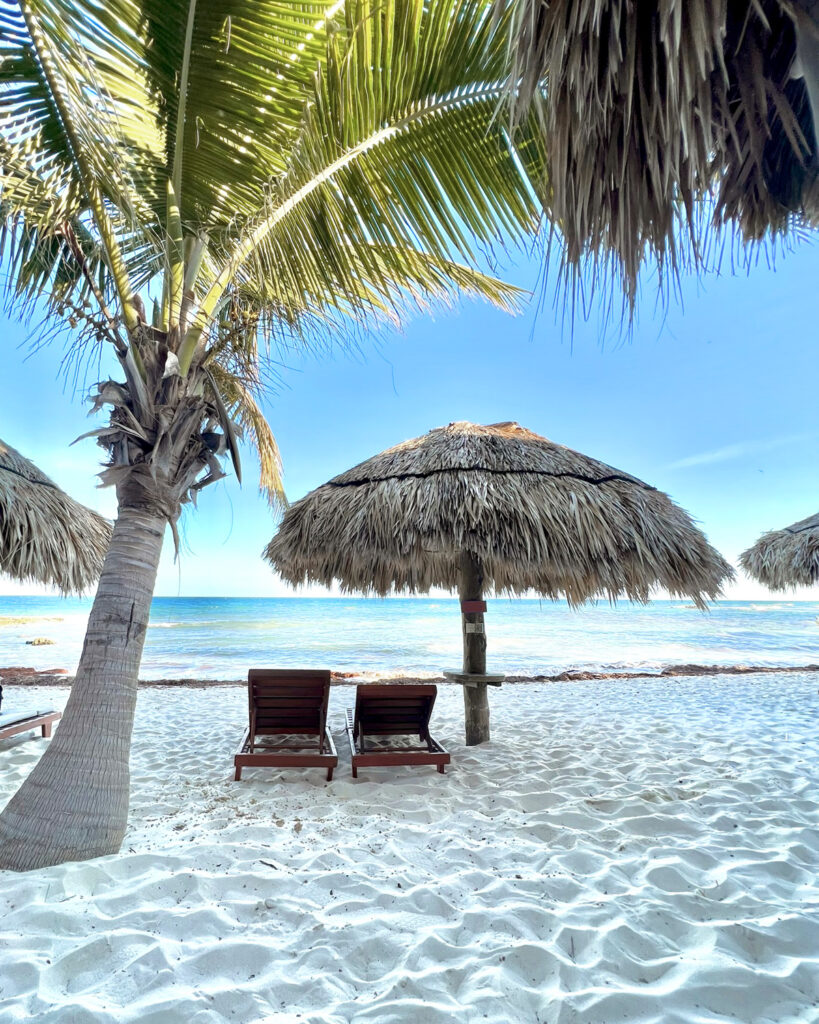
We rented a condominium between the town and a beach set amid palm trees and lush botanicals. The Aldea Zama region was central but under construction so it was difficult to navigate since some streets aren’t marked or lit up at night. Getting around by day by bicycle or scooter is the way to go, taxis are very expensive.
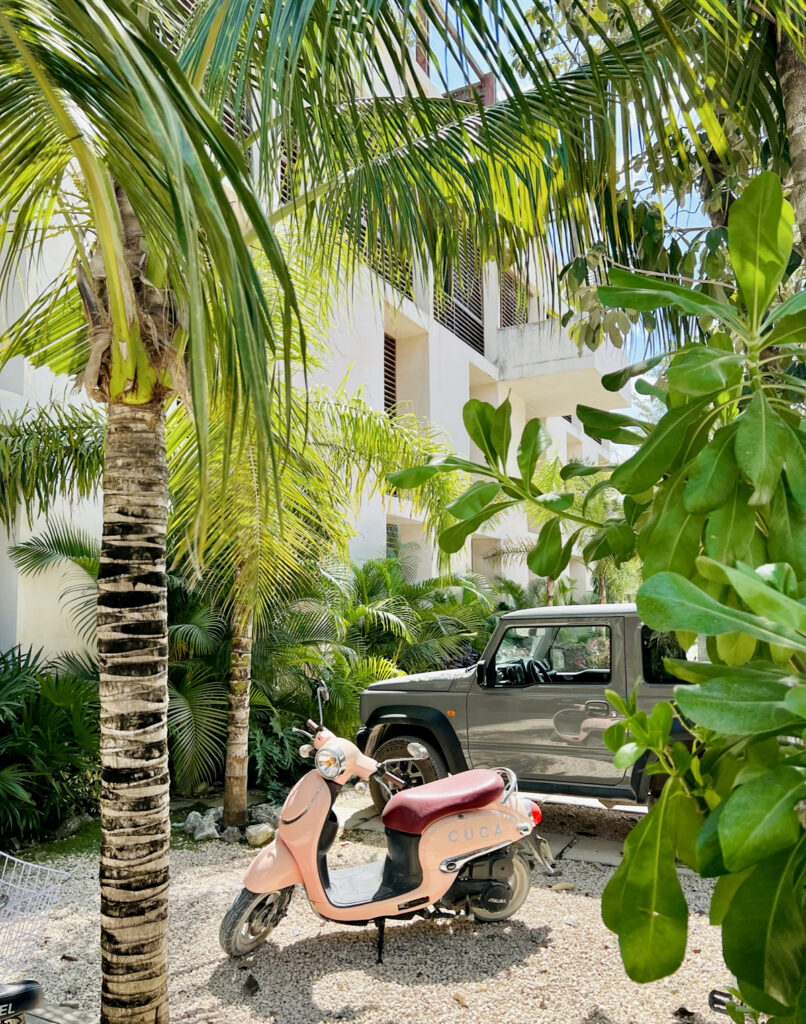
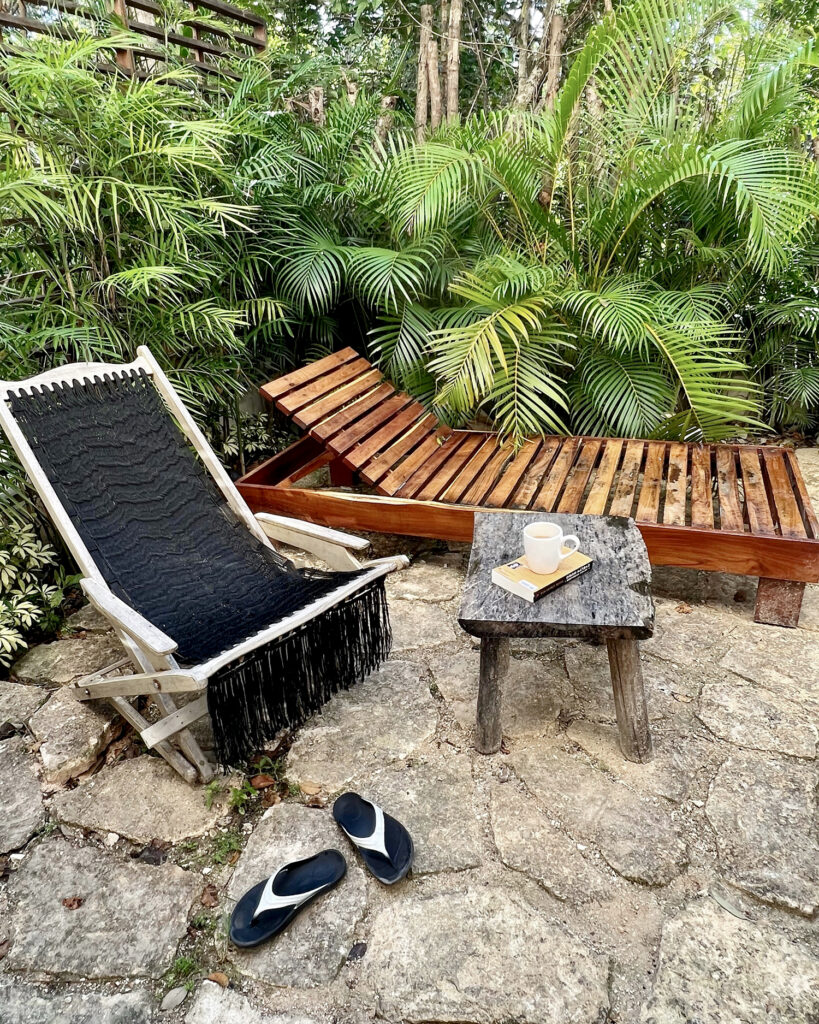
Wander up and down the main street and side streets of the town where accommodations are less expensive and you’ll feel the heart of Tulum. The main street is lined with shops and restaurants that attract out-of-towners but its the side street cafes, markets, and eateries that feel more authentic.
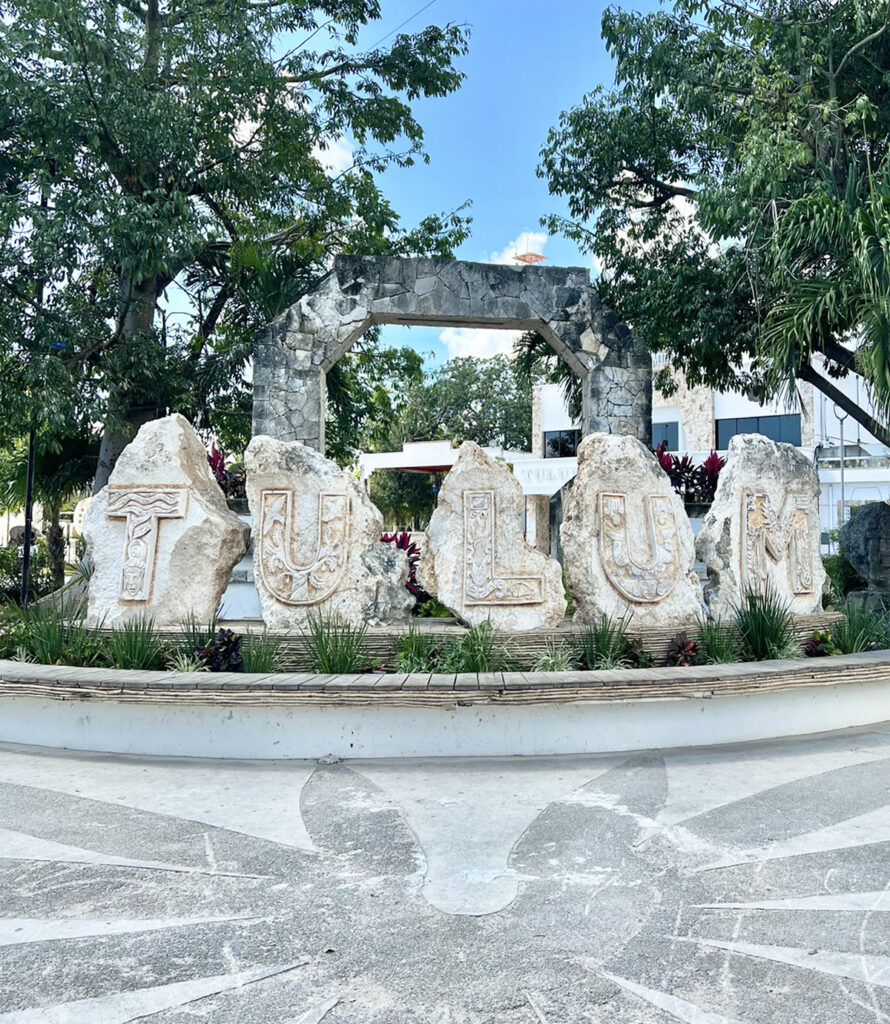
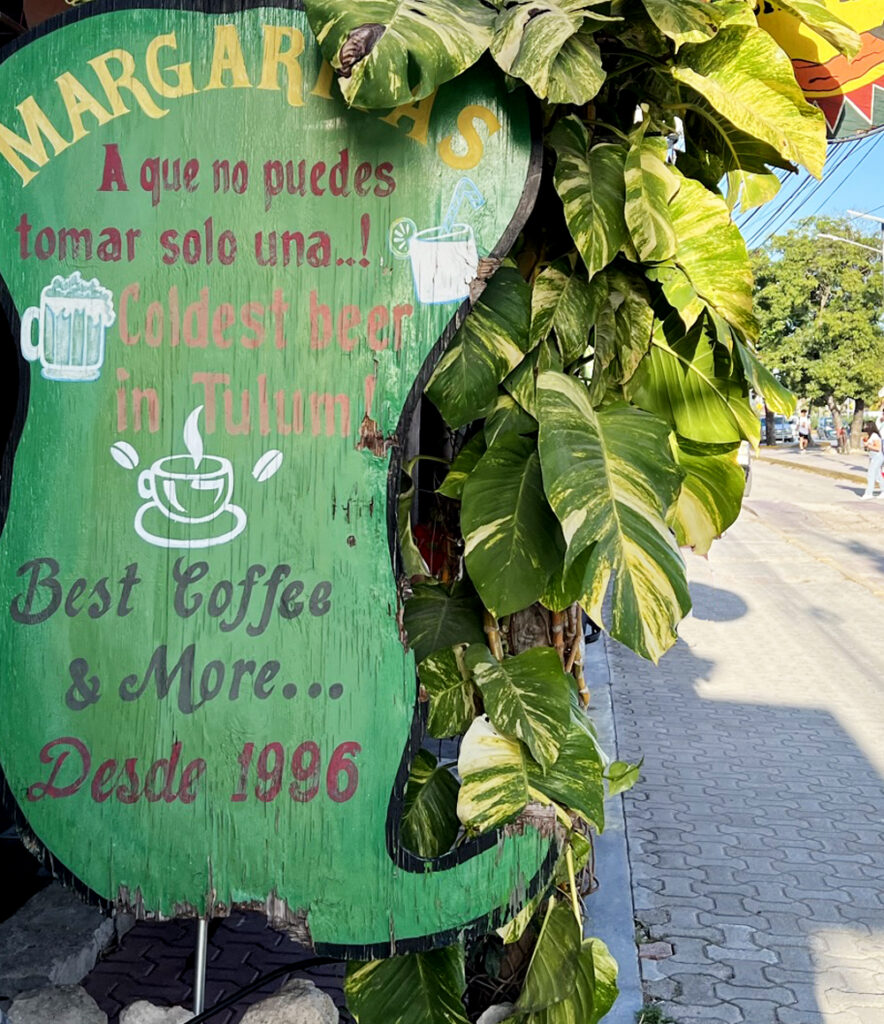
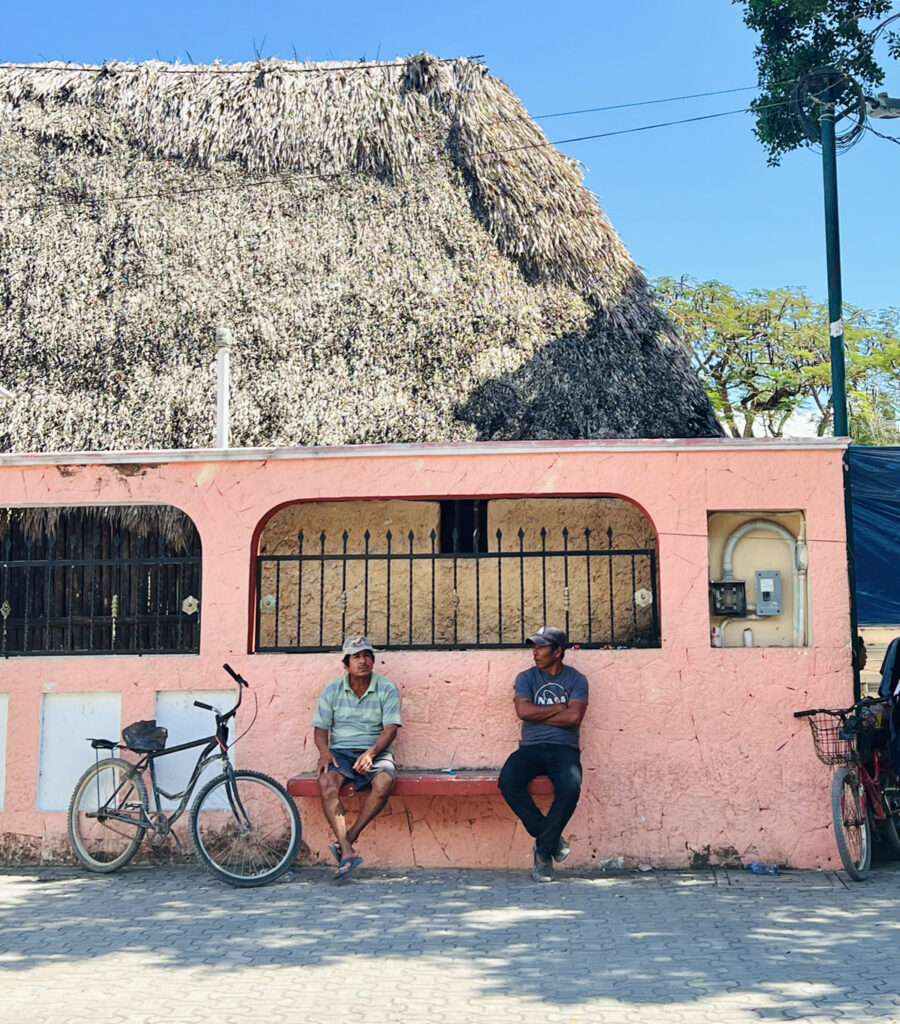
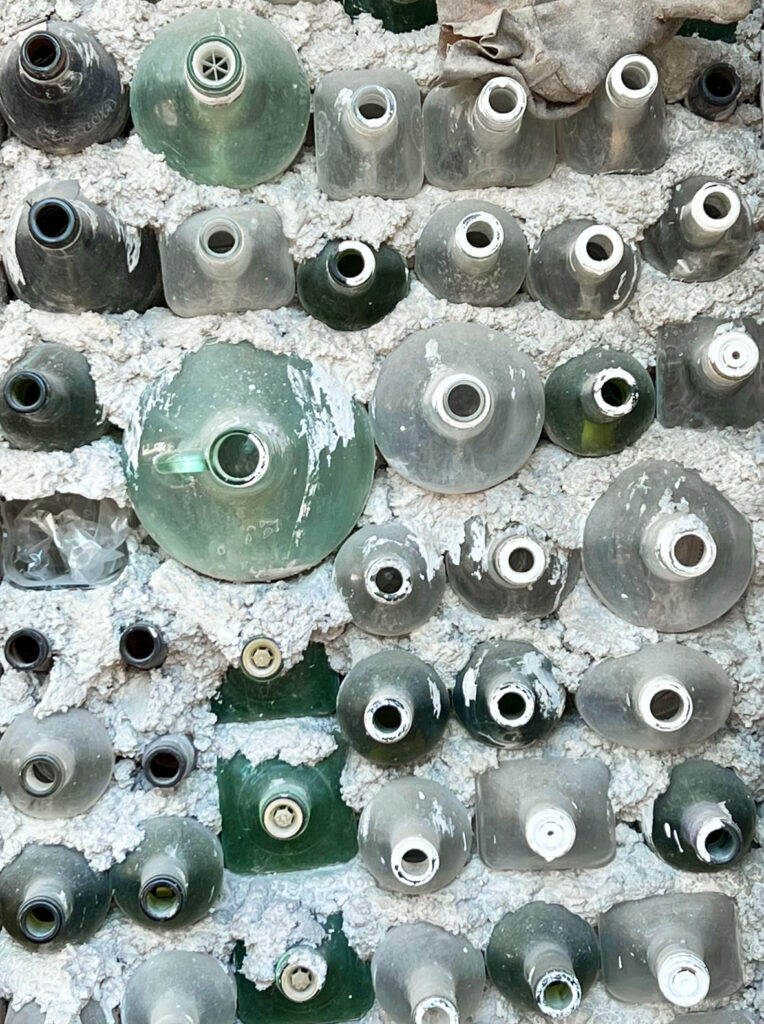
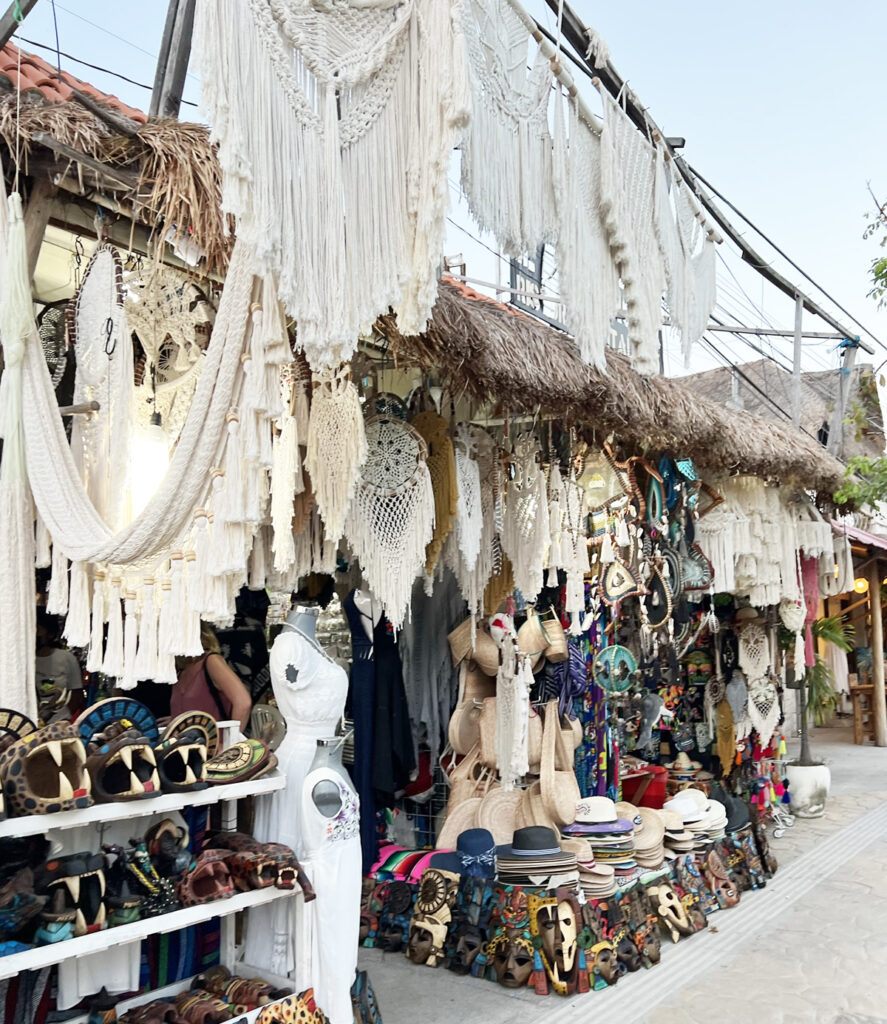
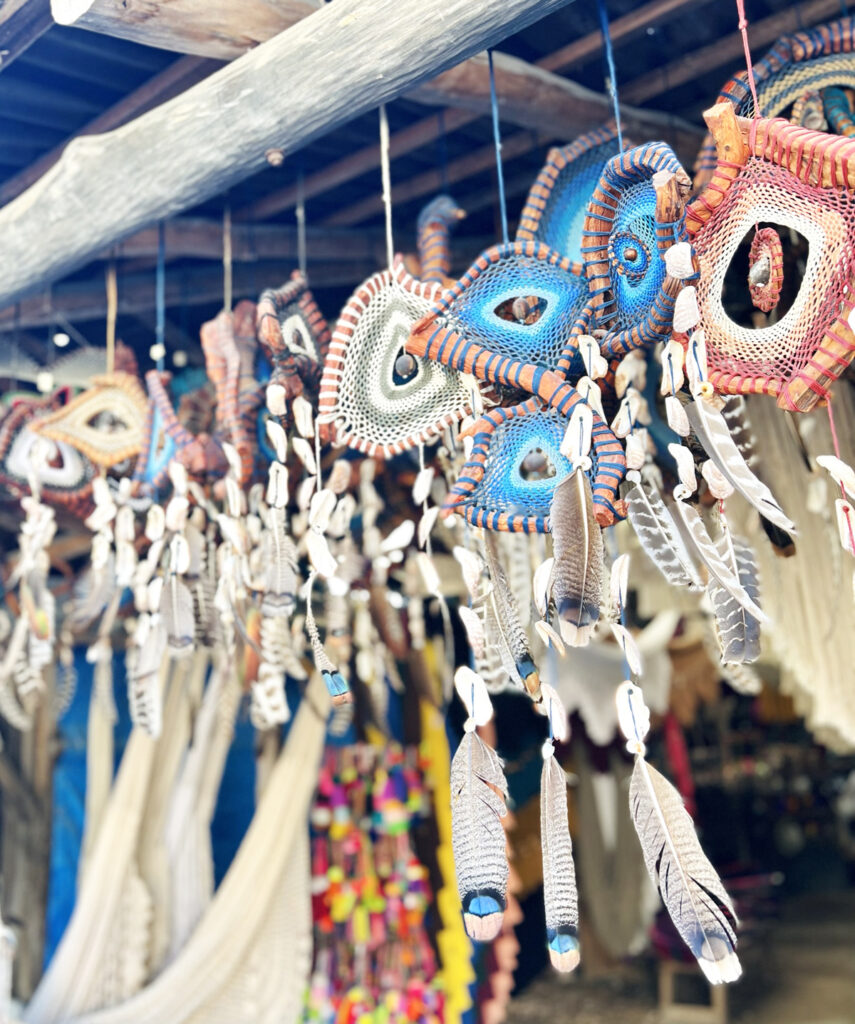
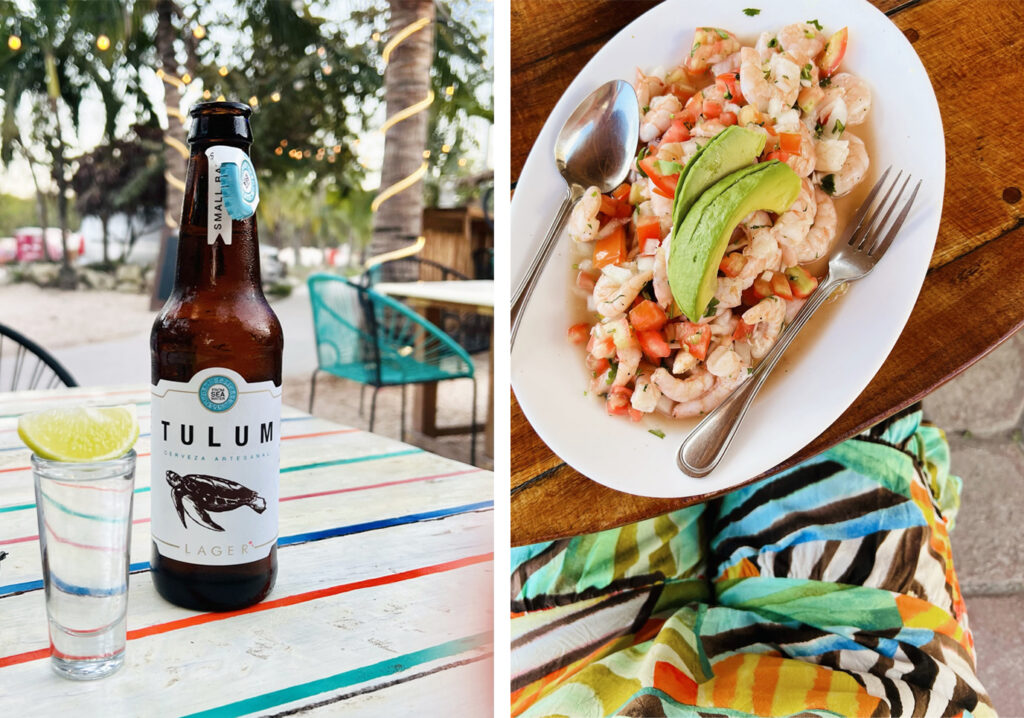

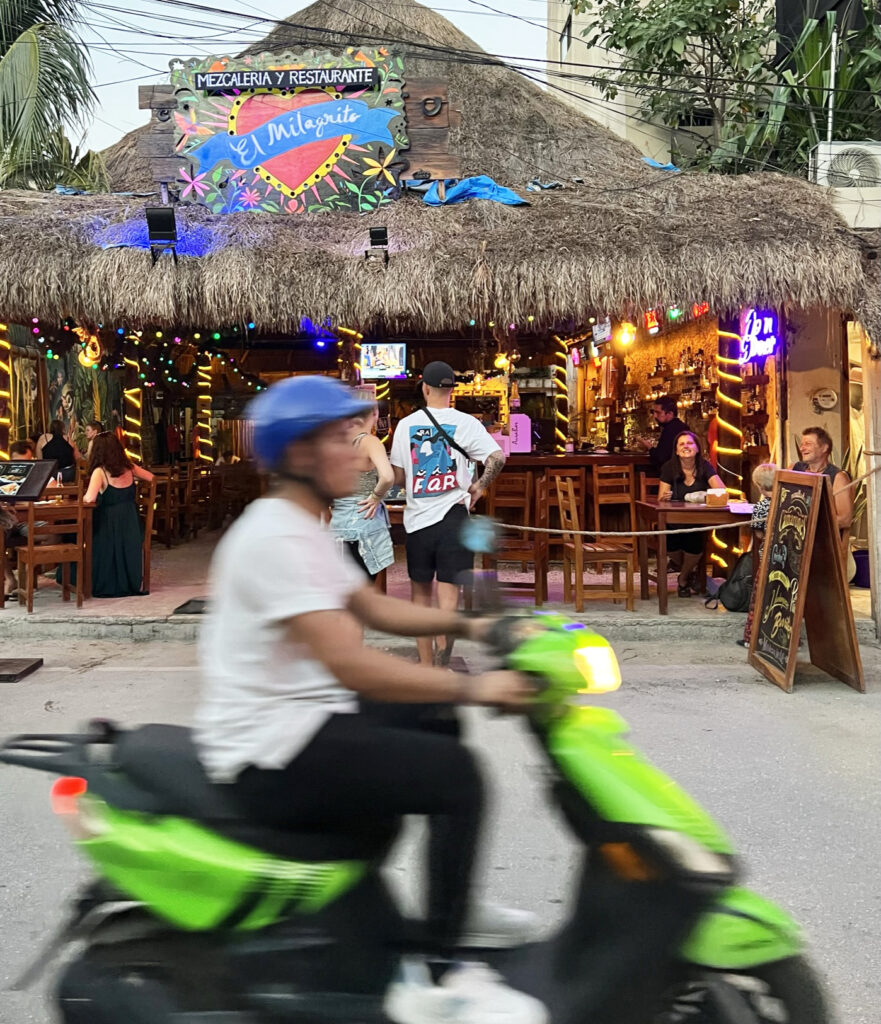
The part that I appreciated the most was the use of natural materials, especially the sculptural trunks and branches that are used to create the iconic structures made famous by the creative concept known as Azulik. Villa and restaurant guests have greater access to beachside sanctuary and treehouses, or beach visitors can pay a small fee to enter SFER IK. There is also a more expanded experience inland in the middle of the Mayan jungle called Francisco Uh May. It’s quite the visual feast with its medley of concrete and branches that flow in waves as you walk throughout.
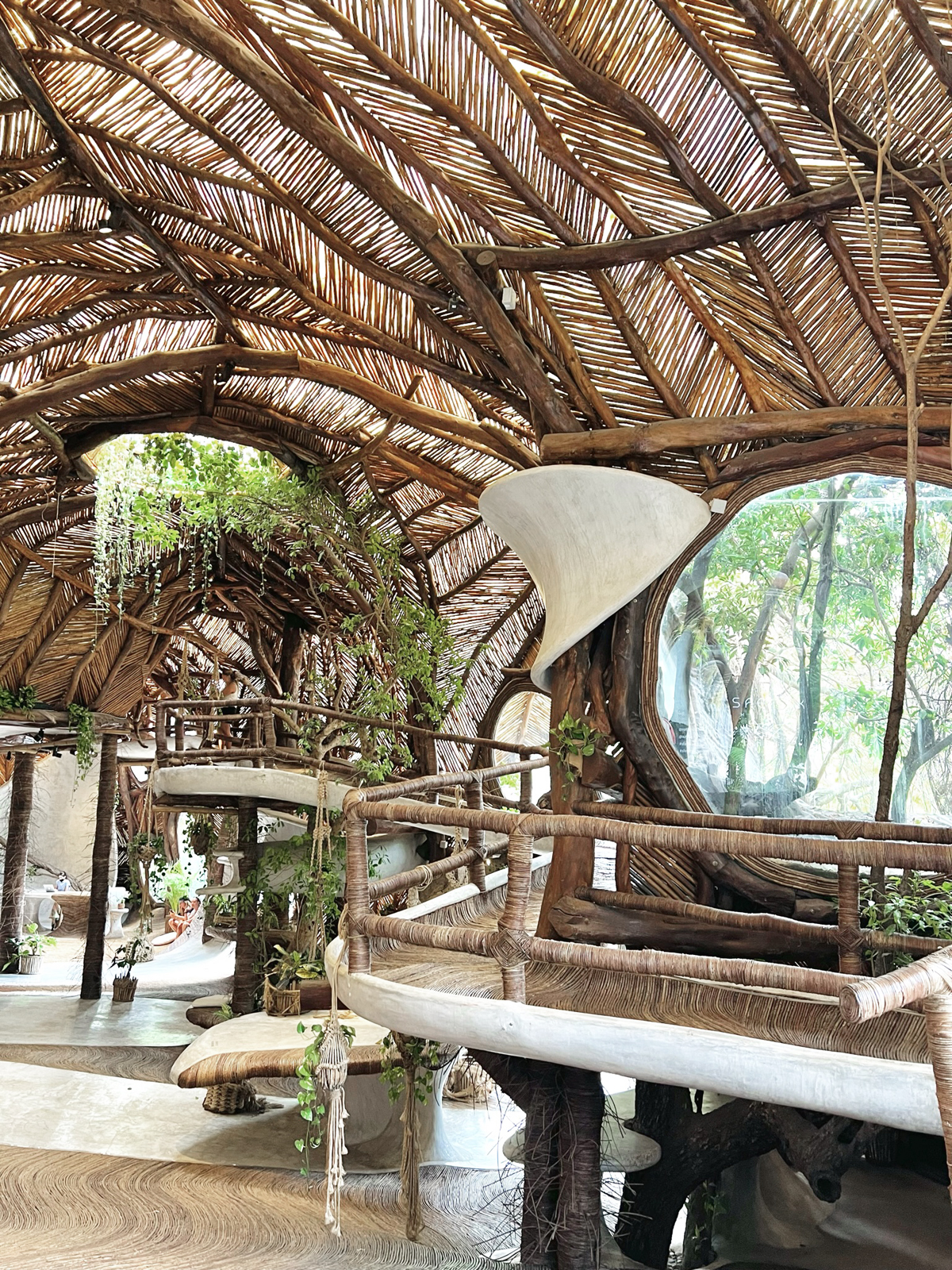
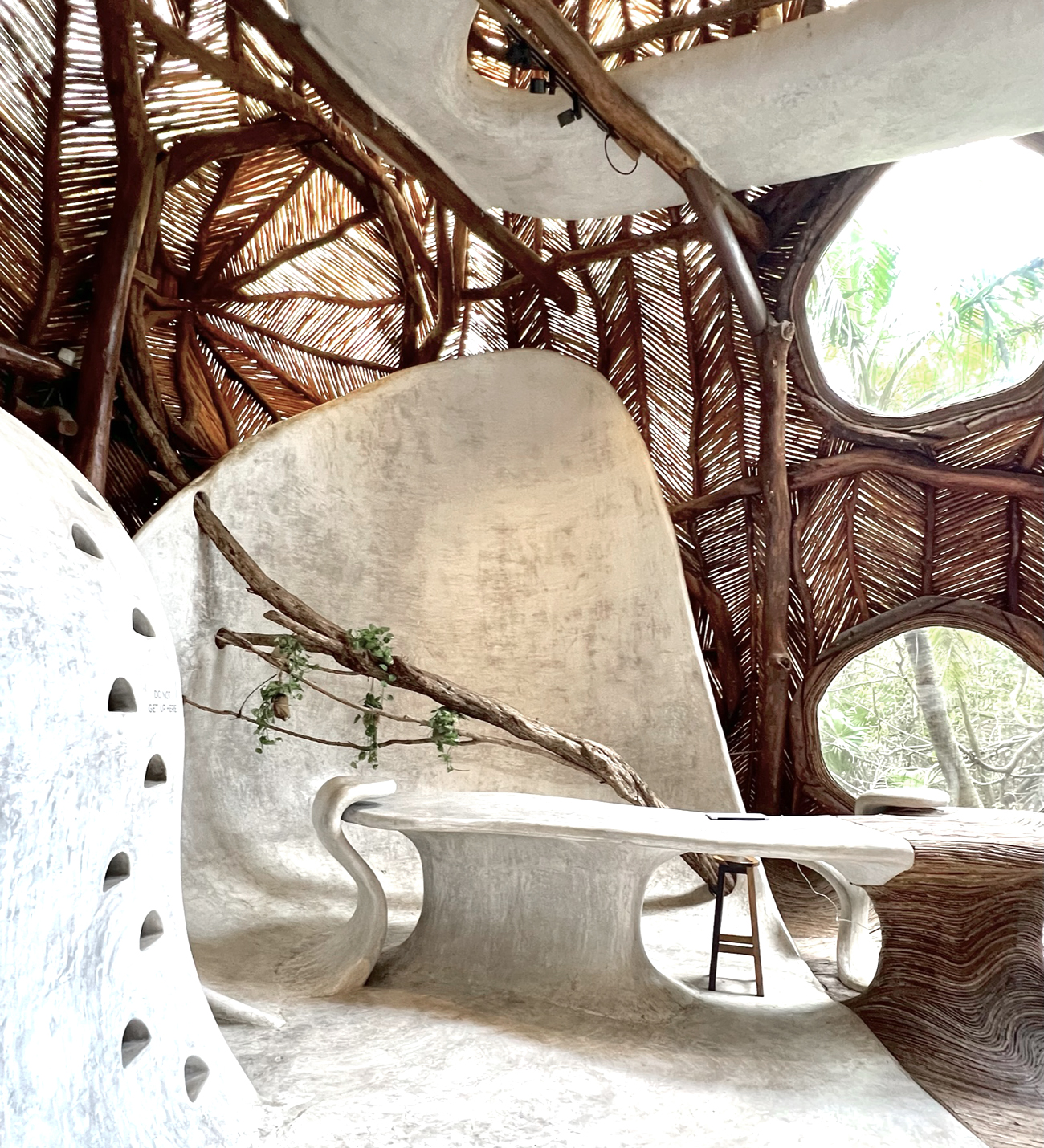
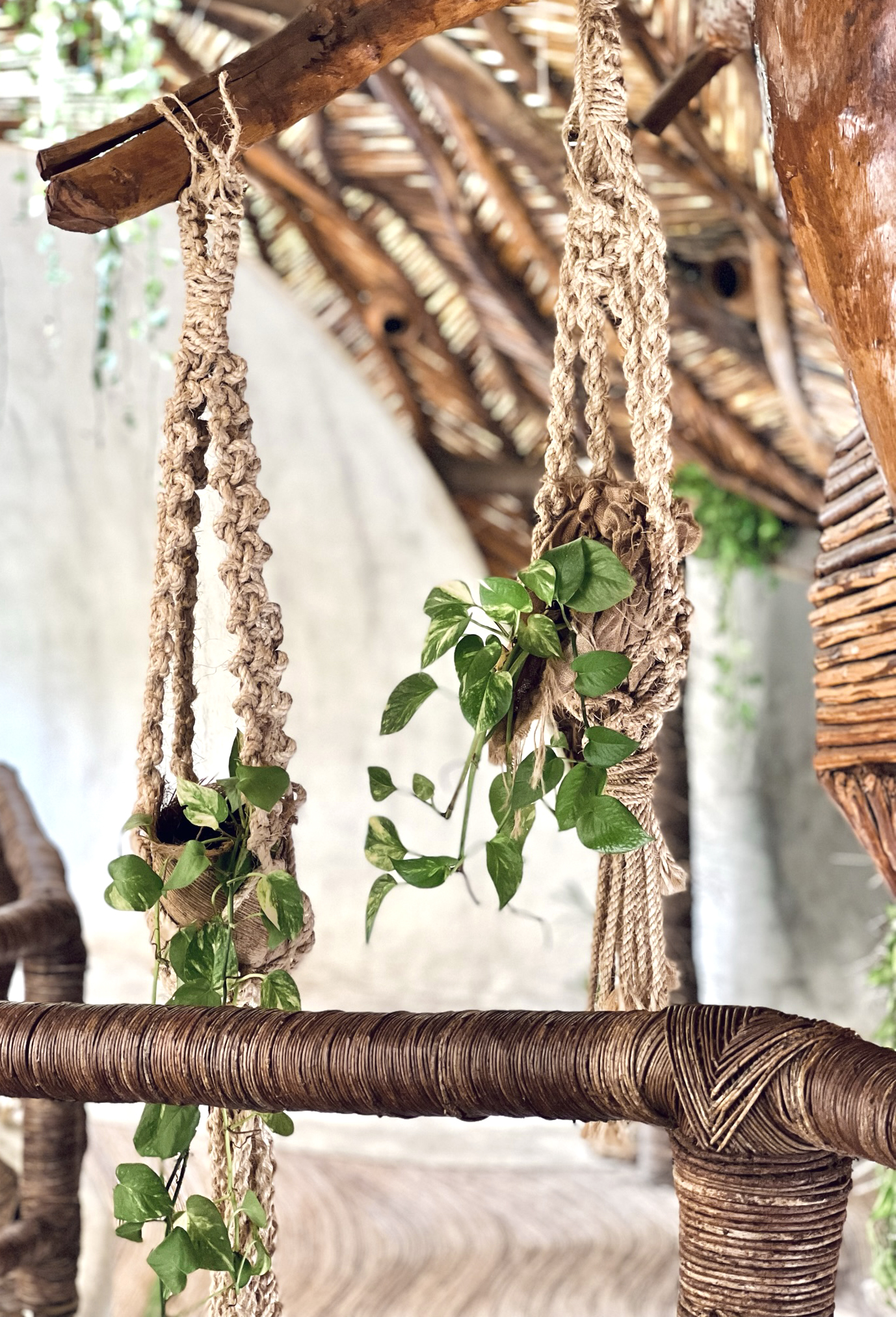

The use of organic materials to create unique structures is repeated in smaller form along the beachside road and in the cafes and hotels.
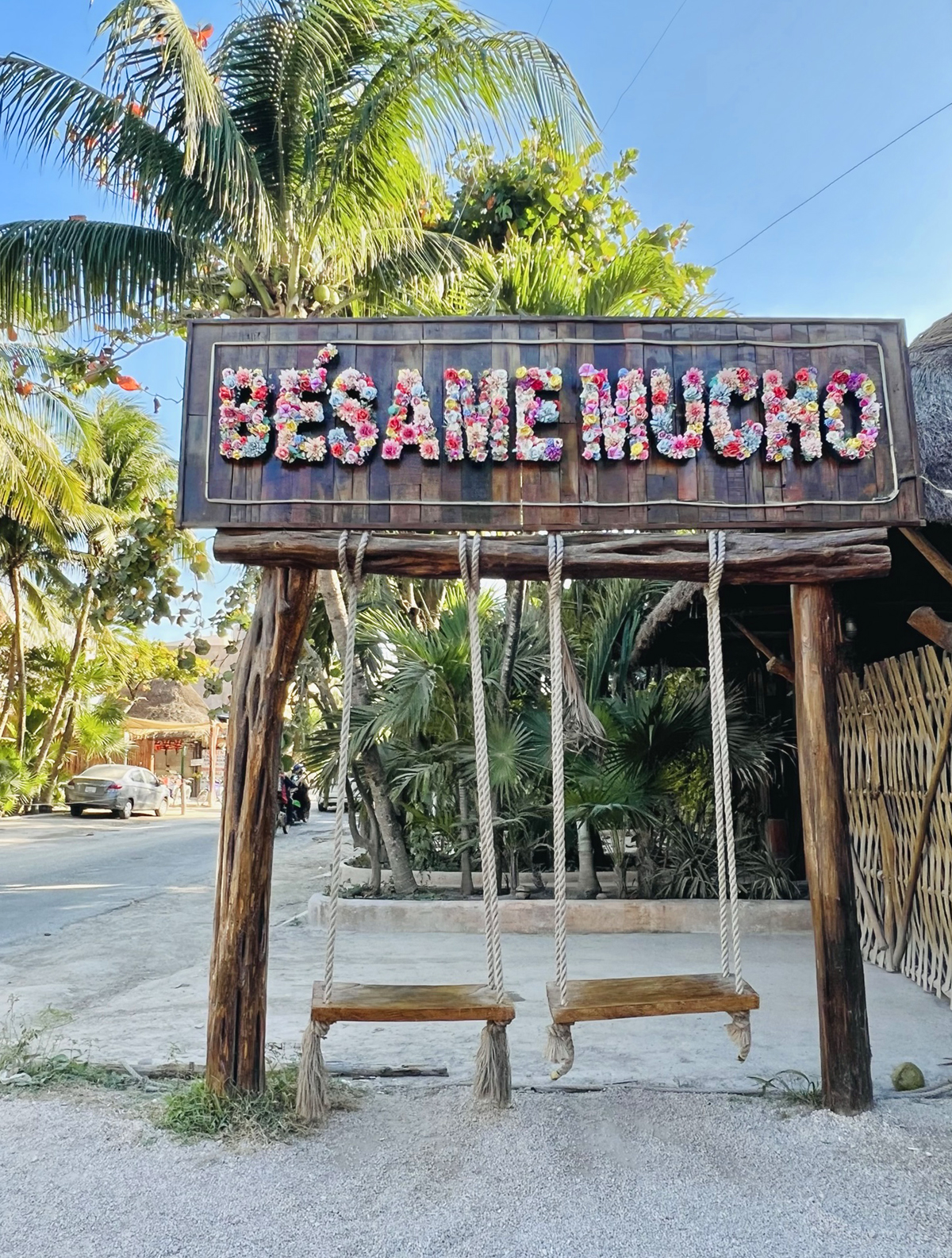


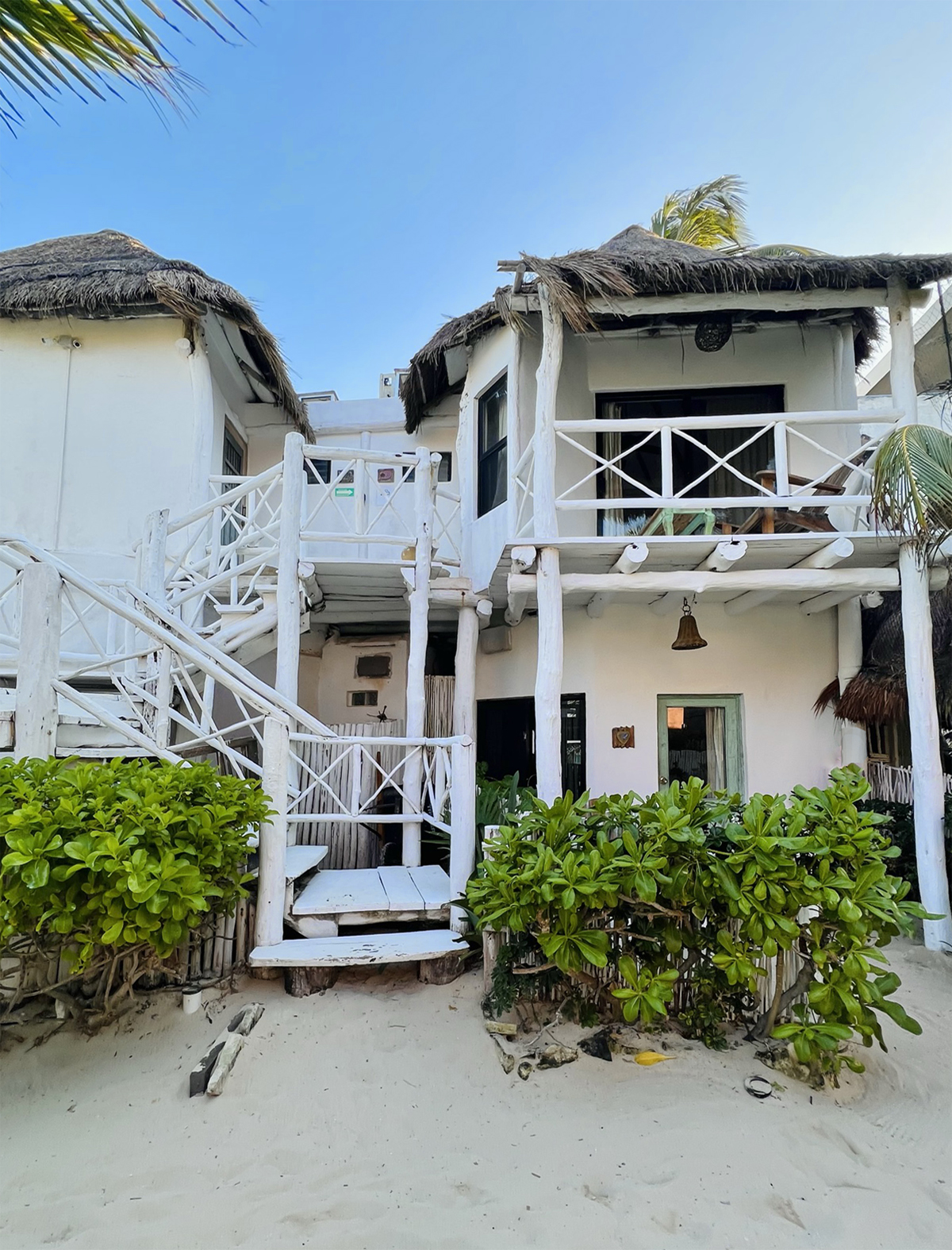
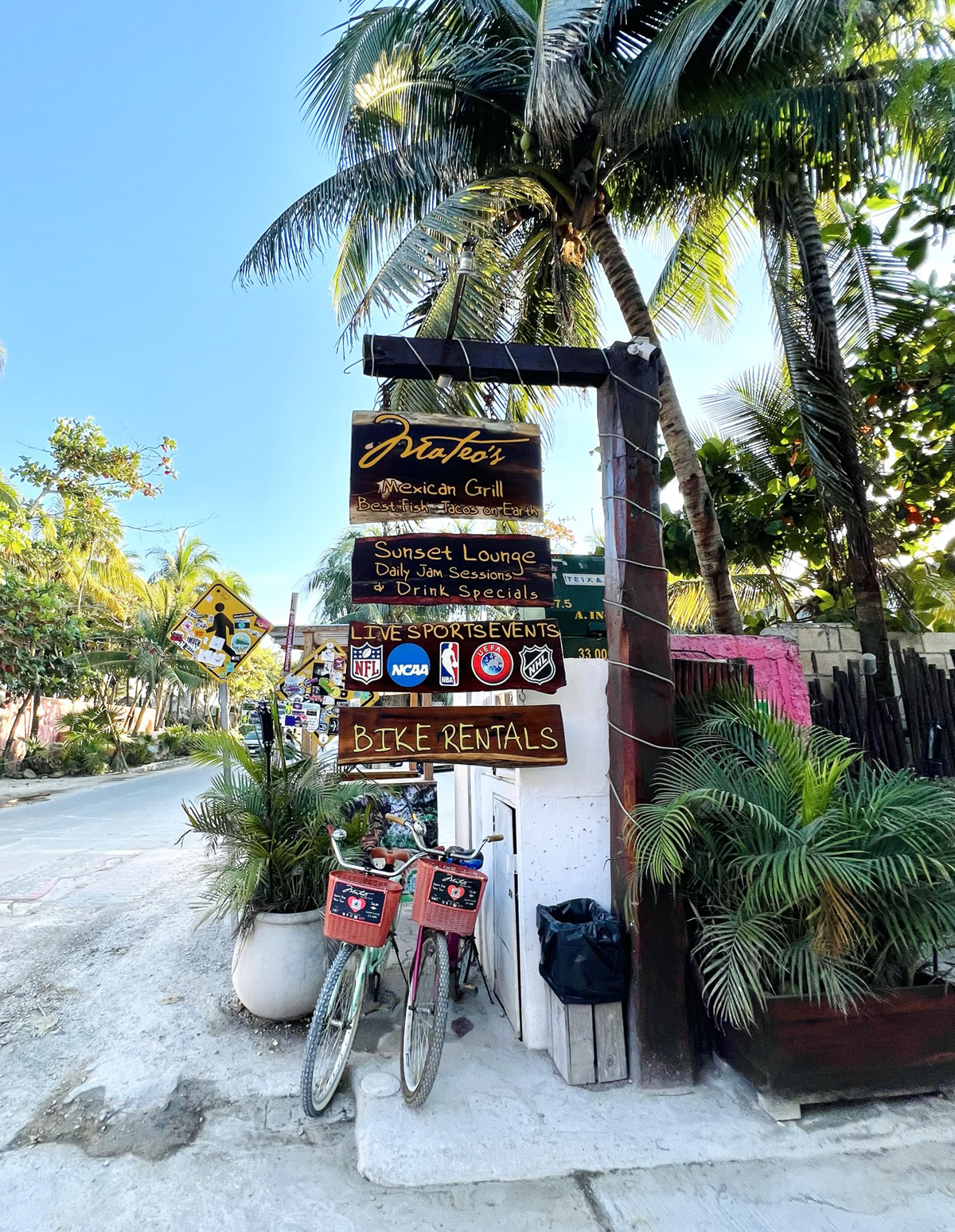
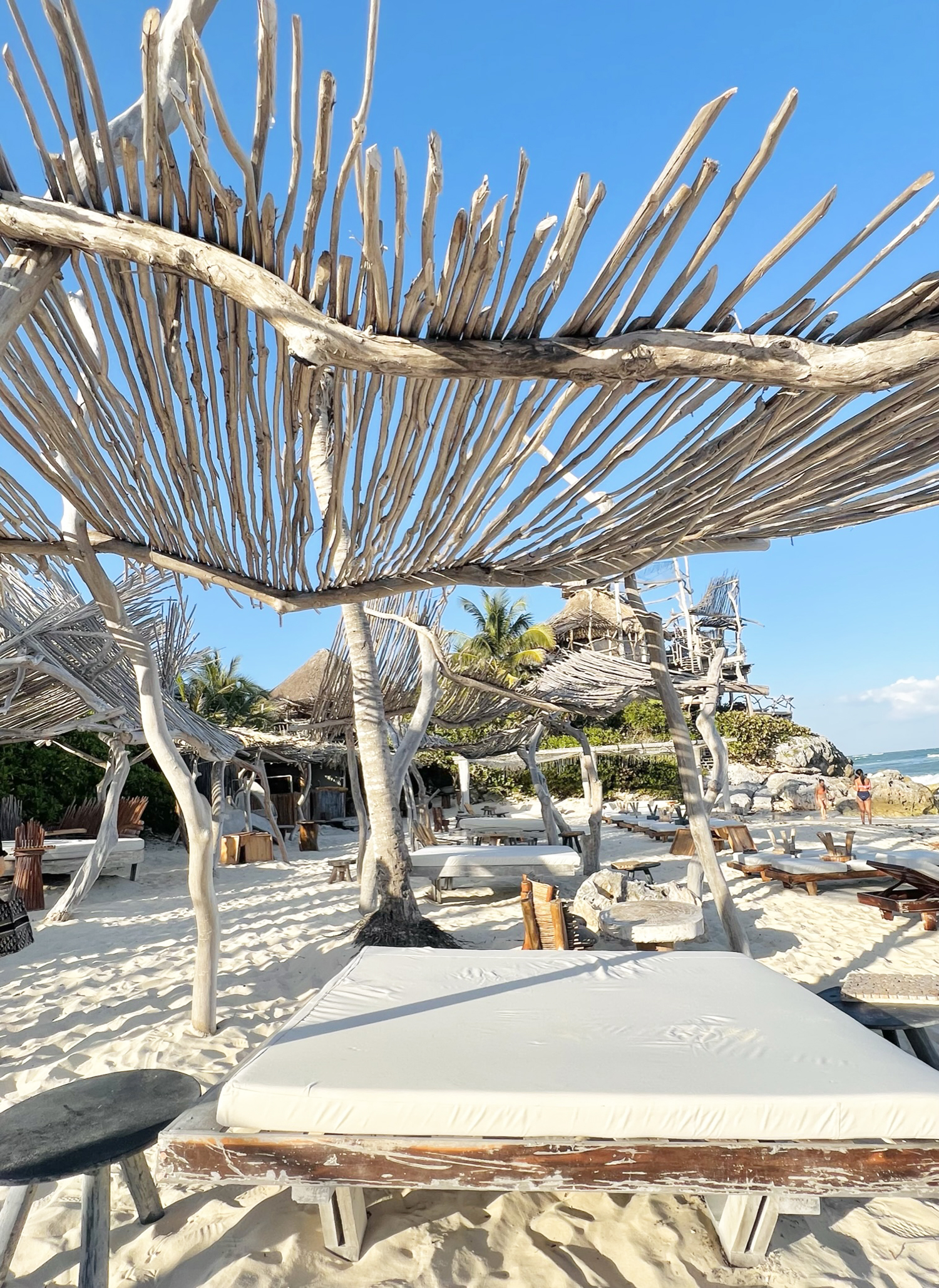
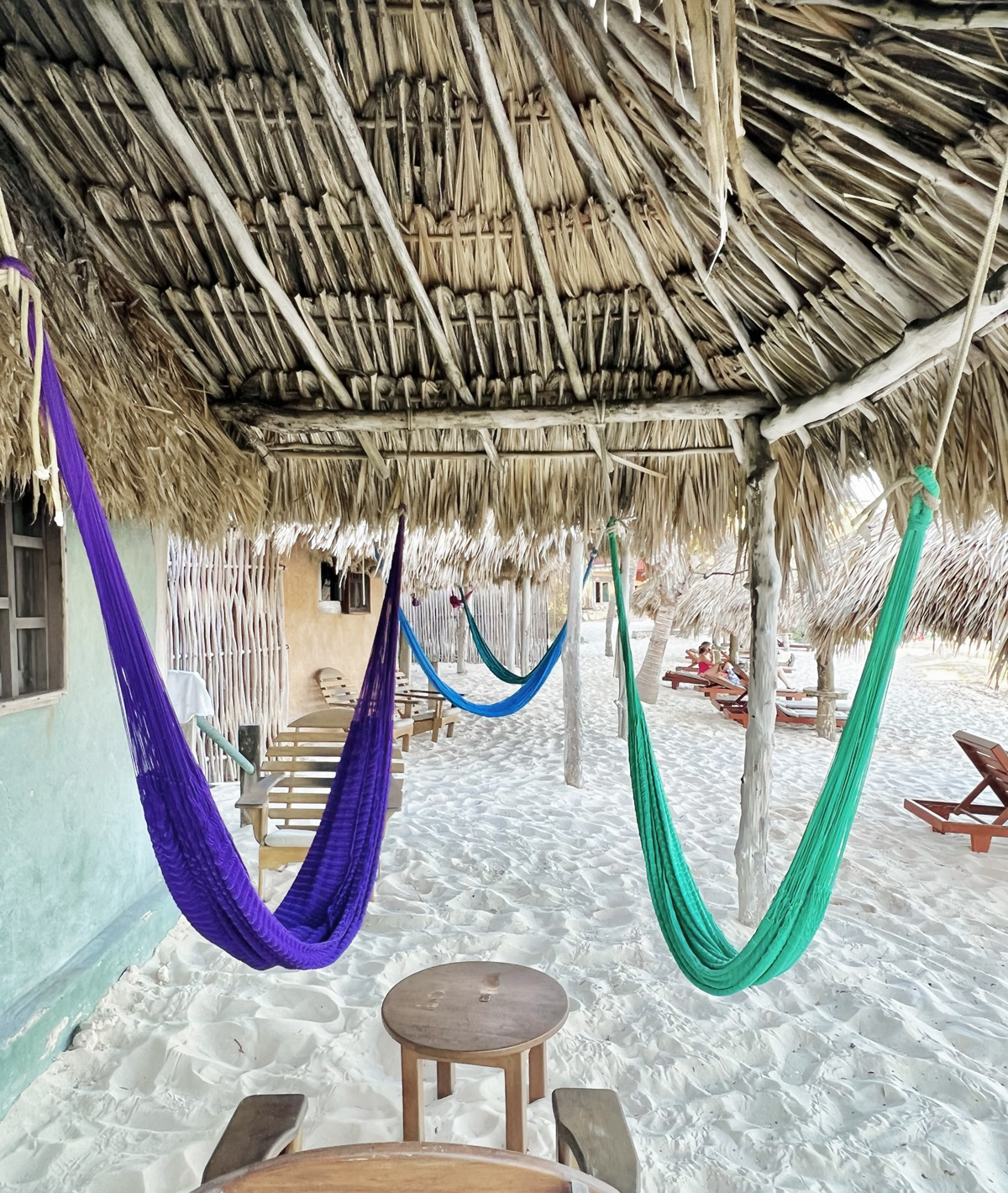



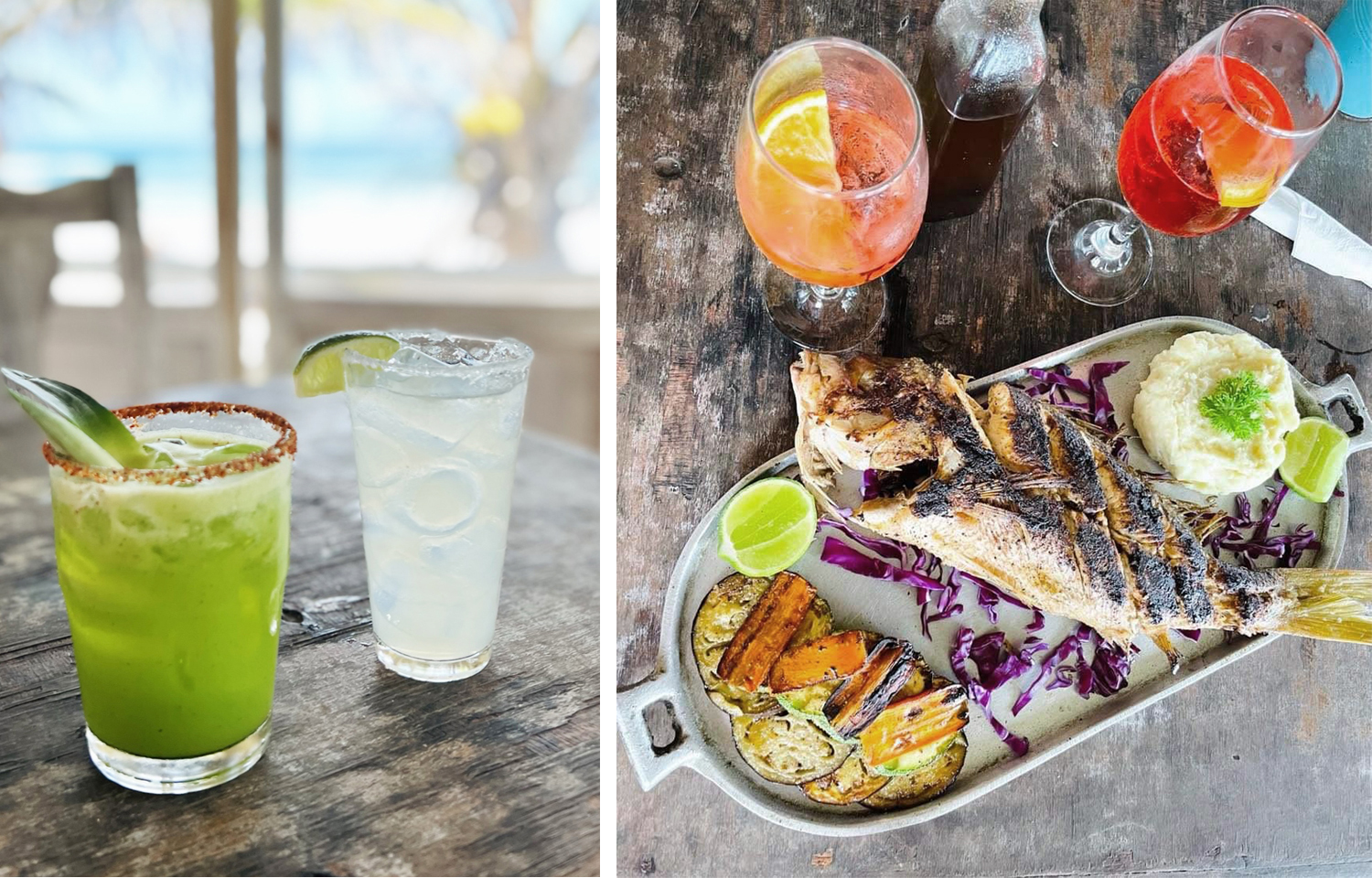

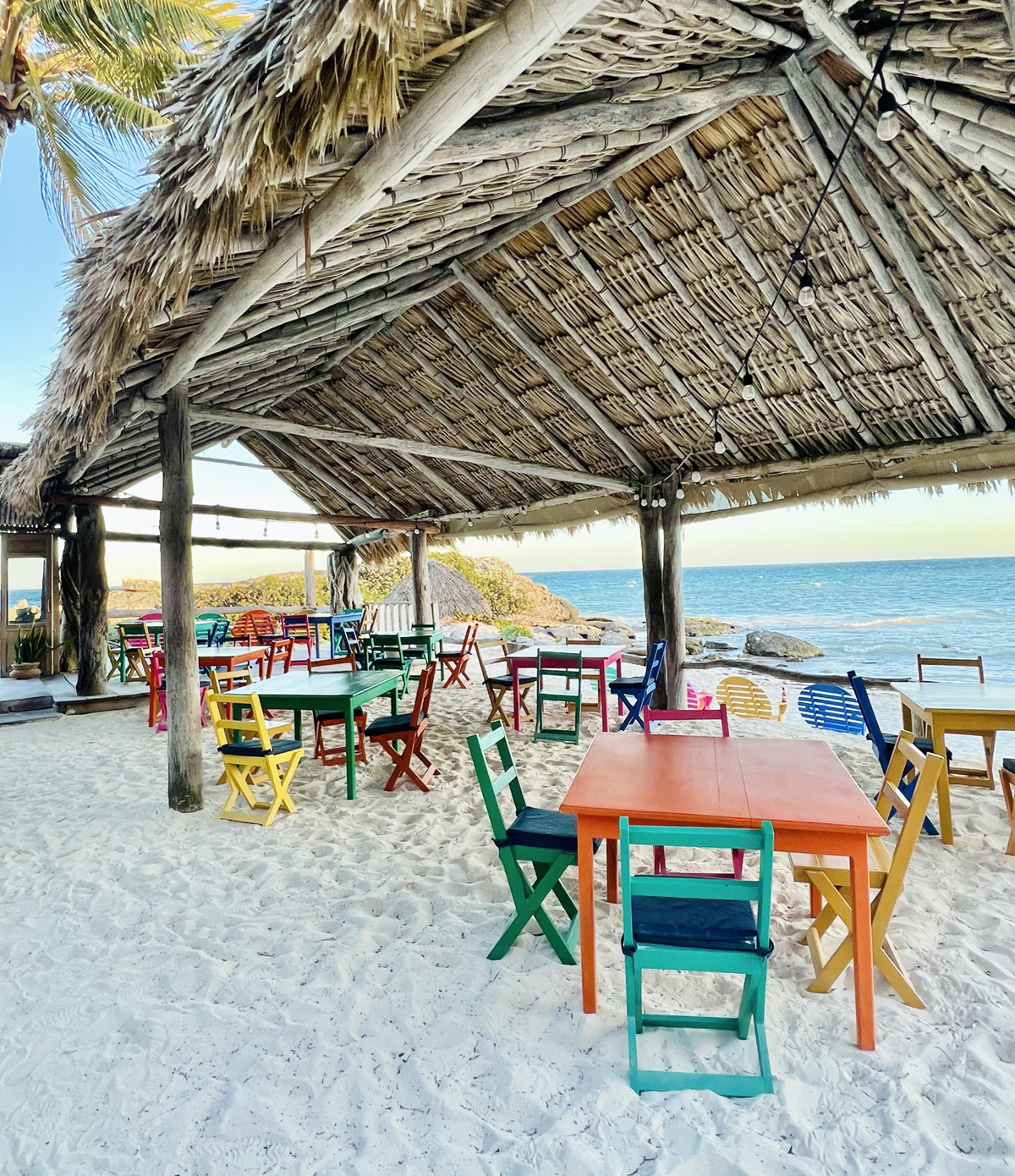

The high resolution art print of this beach view is for sale in my travel art print shop. I love it because it’s a reminder that imperfect is still beautiful.
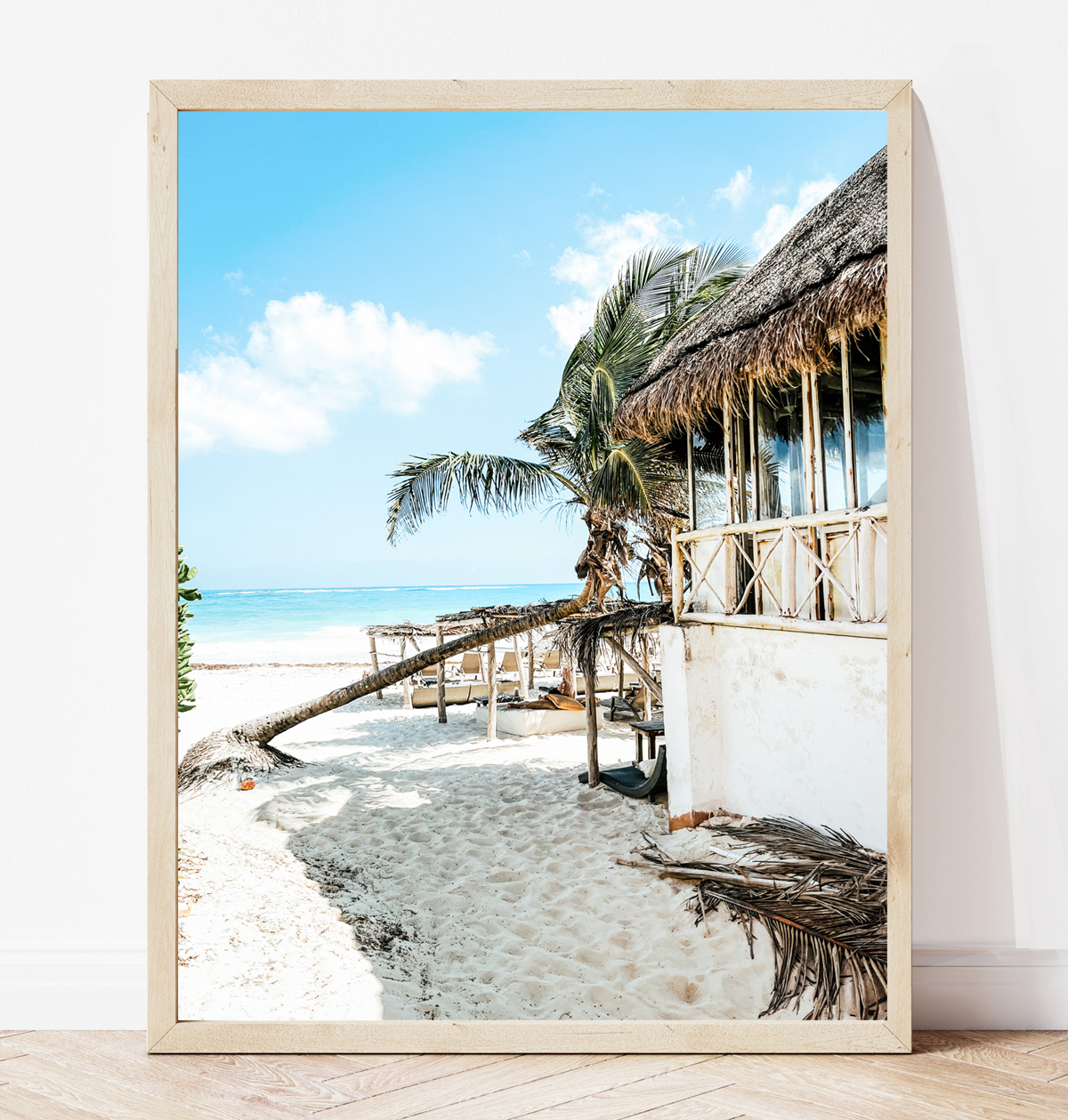
Tulum is a place where you’ll appreciate beautiful ocean views but also be subjected to overpriced cocktails and an influencer scene. I’ll remember it as the place where I tasted delicious, simply prepared seafood and witnessed the most creative use of natural materials in architectural design.
Have you been to Tulum or the Riviera Maya? What were your impressions or favorite moments?
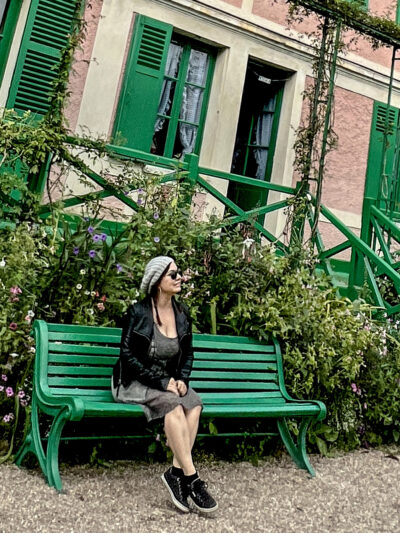
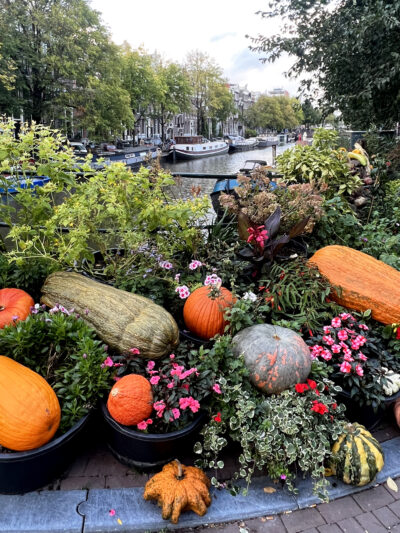
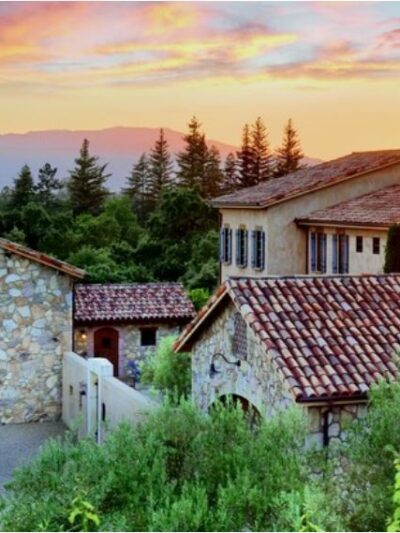
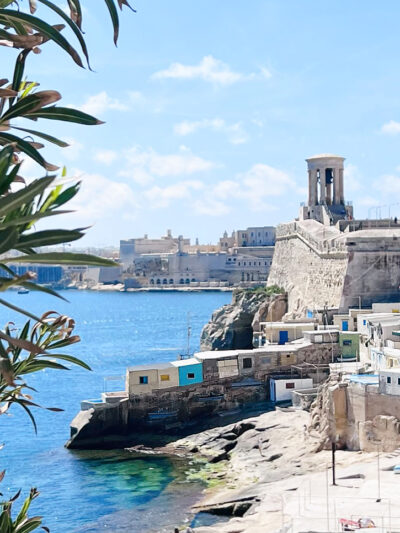

I went to Tulum few times in the late 90’s and early 2000’s when it was literally made up of 2 restaurants and maybe 3 places to stay on the beach. The draw was the amazing ruins and beaches. I remember visiting the ruins and maybe 100 other people were there. It was just a super sleepy beach town. I don’t think I could visit now—sounds too depressing to see the development and the changes.
Hi Kate,
I went to Tulum around 1989. It was just a few shops and a restaurant leading up to the magnificent ruins on the cliff overlooking the beach.
I am planning a trip there this year. Can you suggest a neighborhood like Aldea Zama that doesn’t have as much construction?
What type of transportation did you use from the Cancun airport?
Your fabulous photos are always inspirational and gave me an added bit of excitement about seeing Tulum again!
Kerry in Atlanta
Low rise doesn’t mean low impact. Tulum is carpeted by trendy “eco” hotels and resorts that destroy the mangroves and spew sewage into the ocean in the same manner as in Cancun. Tulum is marketed to a younger crowd and to more Europeans , but it is just as extractive, exploitative of local labor, and environmentally destructive as most of the entire Riviera Maya. I first visited in the 1990s and it was paradise. I returned in 2015 and felt sick to my stomach. The combination of sewage and petroleum effluent has produced toxic algae that makes it impossible to swim for months of the year. Trucks travel the coastal highway at all times of day and night . Expensive boutiques with imported beachwear, tattoo parlors, and all night partiers have pushed out the fishing cooperatives with their small eateries that catered to local residents. Sad
I didn’t think that tulum was this beautiful